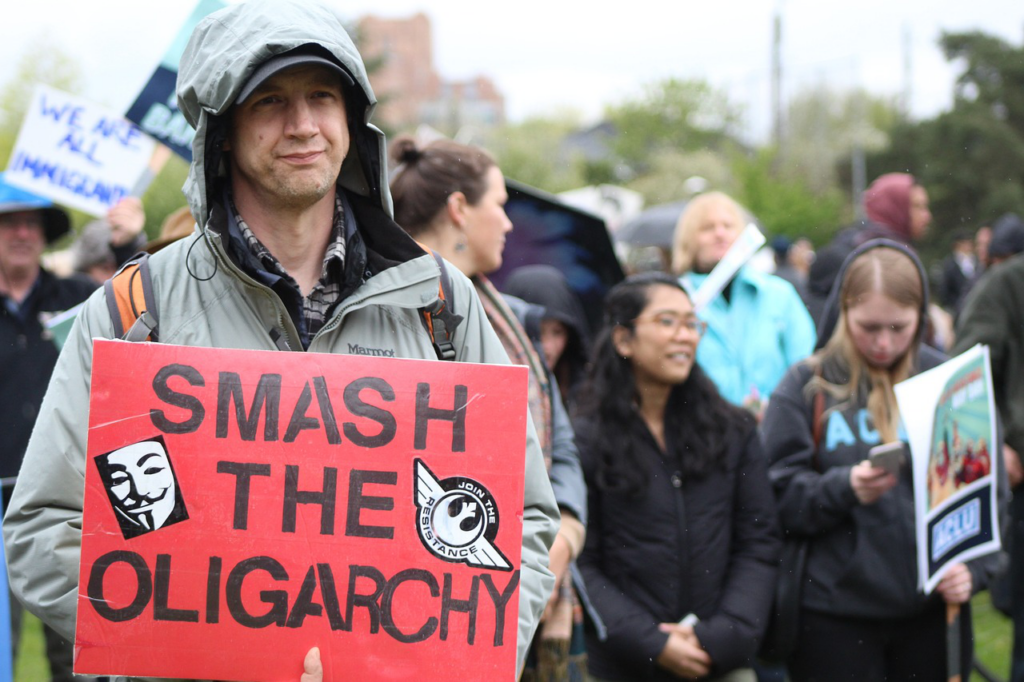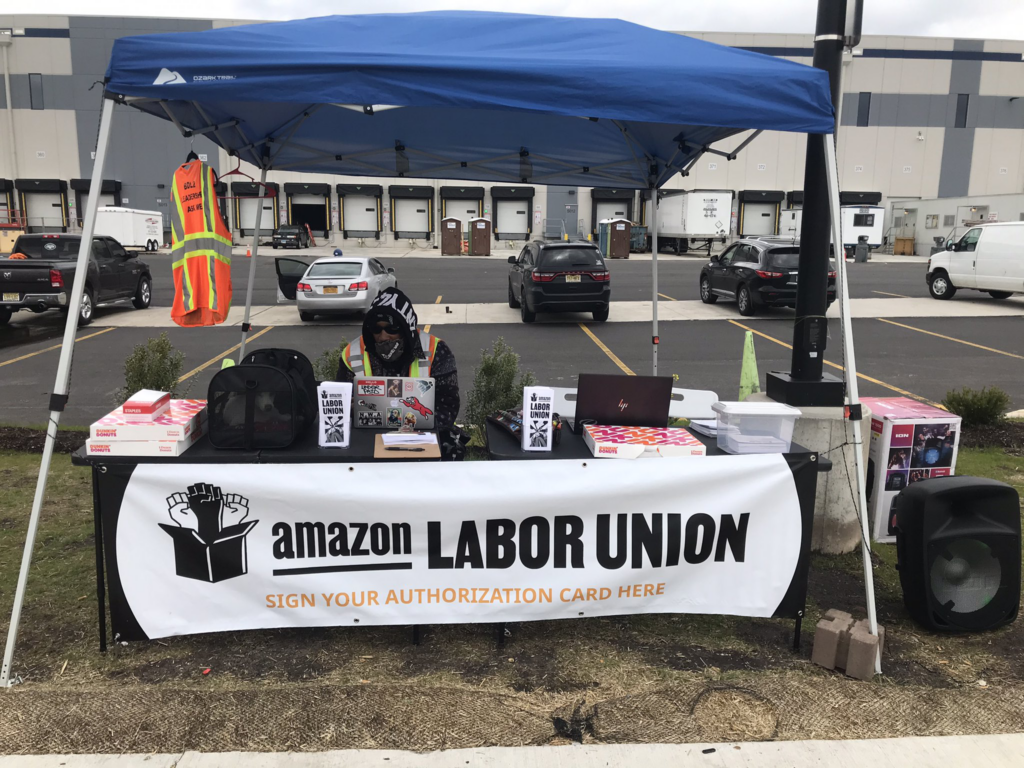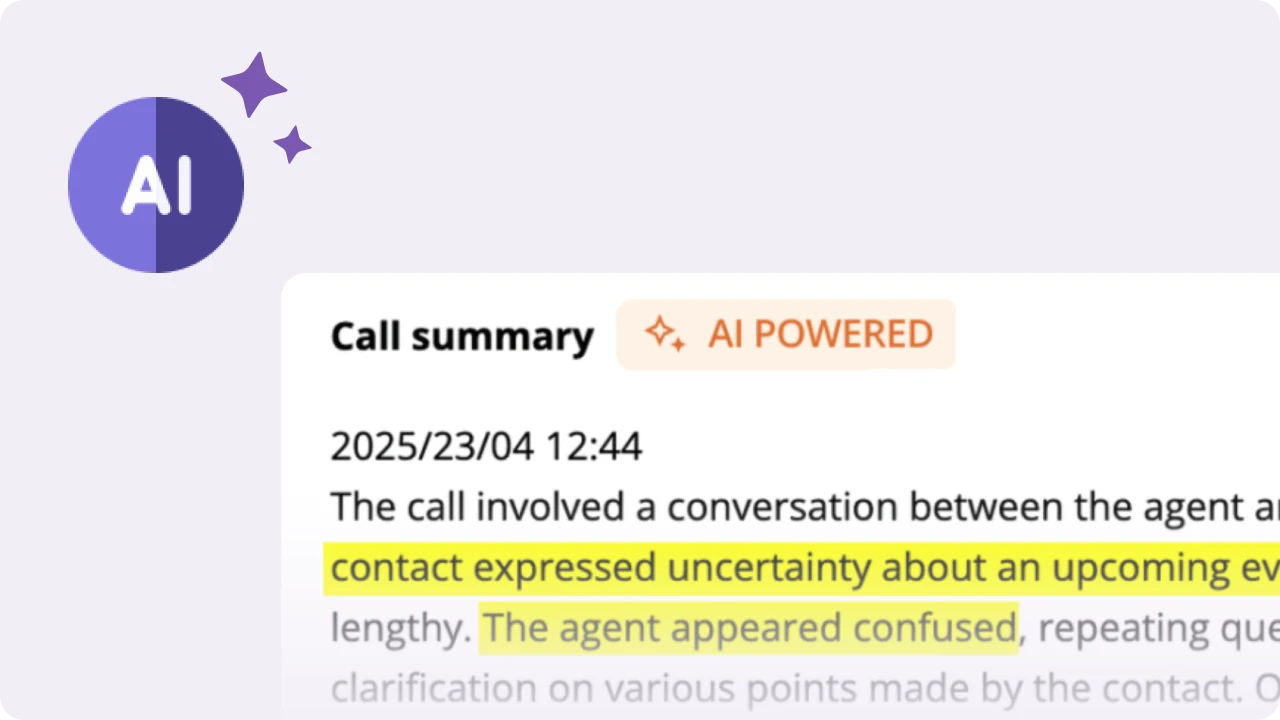Table of Contents
How can a single person or a marginalized community spark a global demonstration? Or change a law? Or get a policy canceled? Or protect a forest, a river, or a lake? The answer is grassroots mobilization.
Grassroots mobilization calls on ordinary people, the ‘grassroots,’ to take a stand. Through the examples we have listed below and the suggested strategies, you can learn what makes grassroots mobilization powerful and how to organize one of your own.
Let’s get some definitions cleared up first.
What is grassroots mobilization?
Grassroots mobilization is a powerful tool at the heart of grassroots activism. If activism is the spark, then grassroots mobilization is the method to turn that spark into a roaring bonfire.
There are three distinguishing features of every grassroots mobilization campaign:
- Mobilizes the masses to participate: This could be everything from making sure votes are cast on the big day (Get Out The Vote), to calling local members of government to organizing awareness events for the cause.
- Personalized communication: Every affected person is contacted personally, through door-to-door canvassing, SMS, phone calls, and emails. Mass communication tools like TV, radio, and newspapers are generally not used.
- Organizing direct action: The last and most powerful phase of grassroots organizing is direct action – in which the community is motivated to come together and make one big showing. Direct action includes boycotts, rallies, public protests, mass voting, and picketing.
Thus, the main purpose of grassroots mobilization is to encourage community members to contribute by taking action.
What is grassroots activism?
At its core, grassroots activism is a ‘bottom-up’ approach to bringing change into the world. Rather than letting professional politicians or large organizations lead the way, grassroots activism empowers the ordinary person to contribute to make (or stop) a change that directly affects them.
Three main facets distinguish grassroots activism from mass movements, political campaigns, or professional lobbying:
- The community: Grassroots activism is primarily (though only partially) led by community members most directly affected by the cause. Common causes include environmental concerns, social justice, or policy reform.
- The volunteers: Grassroots activism is conducted largely by unpaid volunteers who are passionate about the cause. These are usually everyday members of the community, with no particular expertise in organizing or professional long-term goals.
- Direct action: Grassroots activism triggers direct action by the community instead of long negotiations or the ‘give and take’ of politicians cutting a deal.
Grassroots movements are typically more flexible and adaptive than larger, more formal organizations. They can quickly respond to changing circumstances. Successful grassroots campaigns can inspire similar movements in other areas and contribute to larger social and political changes.

How does grassroots mobilization work?
Grassroots mobilization stands out because of how decisions are made once people are mobilized – which is very different from other cases of mass mobilization. Usually, the people mass mobilize to support a decision presented before them. Rarely do they have control over the funds required for major campaigns and the decisions taken in the day-to-day running of that campaign. Through grassroots mobilization – they can. Let’s have a look at all three aspects in detail below:
Collective action
Grassroots mobilization uses collective action (at the local level) to influence outcomes at the national level. The ‘outcome’ is typically a cause or a change that the community wants. If the local political body is opposed to that outcome, then the community works together to get its voice heard and effect that change.
Collective leadership
Another aspect of grassroots mobilization is that it is powered by collective leadership. Every single member of the community is equally invested and equally responsible for the cause. They all participate to the extent they can to accomplish what they have set out to do.
Yes, there are a few administrative heads – like someone responsible for communication, and there is usually a figurehead for organizing the rallies. However, no single person in the movement is more important than someone else.
This power of equality that grassroots mobilization brings to politics and the community is instrumental in making every single member give their best and take ownership.
The reason behind such collective ownership is that the outcome of the protest is for the community (and does not benefit just a single member). So, everybody is equally invested.
Collective funds
All nonprofit organizations need funds. Grassroots communities are no different. They also need money to organize rallies, educate through community outreach, and administrative costs.
When we say collective funds, it does not mean that every member of the grassroots community has access to the funds. Every member of the community has the option of contributing to the cause.
Fundraising is typically done on a large scale, with many people contributing small sums to the cause. It is also done through memberships.
The community members pay a sum to be part of the local grassroots campaign. This money is used for administrative costs (and other educative /fundraising drives). In return, the members get some benefits of belonging to the community (ready assistance if their home is relocated, free legal consultation, etc).
Which of these is the best example of grassroots mobilization?
Amazon Labor Union

Chris Smalls’ table, set up to chat with workers from the Amazon warehouse JFK8 in Staten Island, New York, in 2021, is among the best examples of grassroots activism, mobilization, and organizing in the past decade.
Smalls, a former worker in that same warehouse, staged a walkout over working conditions during the 2020 COVID epidemic. He was promptly fired by Amazon. Instead of giving up, Smalls went on a labor crusade against the behemoth corporation, convincing workers from his warehouse to unionize. It was a true bottom-up approach led by one of their own.
This battle, which seemed impossible for the ‘big unions’ with their million members, was taken up by the then 33-year-old former rapper with little more than his own words to convince his fellow workers and $1000 in funds. Amazon employed teams of lawyers and marketers against him – flooding him with legal trouble and flooding the warehouse workers with anti-union talking points.
A year later, the table became a well-supplied tent full of food, coffee, and conversation, and Smalls collected enough signatures to force the National Labor Relations Board to hold a vote in the warehouse for a union. Smalls won (barely) with 2,654 votes in favor against 2,131 opposed. Thus, the first union of Amazon workers was formed – the Amazon Labor Union.
Such victories, which overturn old hierarchies and fight on in the face of big money and lawyers, are the emblematic spirit of ‘grassroots activism’ – one of the few methods that helps the little people beat any odds.
Diane Wilson v. Formosa Plastics

In December 2019, Diane Wilson scored a massive legal victory against Formosa Plastics, one of the world’s largest petrochemical companies, for their illegal disposal of toxic plastic waste along the Gulf Coast of Texas. The resulting $50 million settlement is the largest financial award ever granted in a citizen lawsuit under the US Clean Water Act.
74-year-old Wilson is a fourth-generation fisherwoman. She was spurred into environmental activism in 1989 after reading an Associated Press article that named her home, Calhoun County, Texas, the most toxic county in the United States. This is also where Formosa’s Point Comfort plant is located.
She began her battle against Formosa in 1989, after the collapse of shrimp numbers around the plant. It took her until 2008 to find a whistleblower to reveal the extend of the damage being done by the illegal dumping of plastic.
And she was as grassroots as it gets.
Diane undertook door-to-door outreach to former employees of the Formosa plant and received anonymous calls from workers reporting violations. She pinpointed discharge locations, organized volunteer teams to perform near-daily sampling on foot and by kayak, and gathered over 40 million nurdles (raw plastic pellets used to make nearly all other plastic products) in four years. Diane and her team documented the violations with more than 7,000 photos and videos.
She finally filed a formal case against the company in 2017. That’s a thirty-year battle!
The $50 million awarded to Wilson has been used to create a trust to construct a park, rehabilitate the Lavaca Bay shoreline, and develop sustainable fisheries for local fishermen.
Diane Wilson has refused to accept any of the settlement funds for herself.
“I am just a high school graduate, but feel a deep connection with the water and after 34 years of persistence we won, and it felt incredible,” Wilson told The Gaurdian.
Direct Action Everywhere

Factory farming, through which hundreds of thousands of animals are slaughtered every day, often has insanely cruel conditions – torturing the animals for days before they are finally killed and keeping and breeding them in entirely inadequate conditions.
With meat consumption only increasing every year, for those who wish to bring about change to this system – an innovative grassroots approach is the only way.
And in terms of grassroots innovation, the group Direct Action Everywhere (DxE) has come up with a unique method of collective action. They simply walk into factories and pick up sick or dying animals and walk out. They term this an ‘open rescue’.
When they are arrested and charged, they have to be a charged with theft. And they counter these charges by arguing that since the animals were sick and dying anyway, and unfit for human consumption, there is no nominal loss of value. And they invariably use their trial to highlight the conditions the animals face in the factory.
It is a ‘win some, lose some’ strategy. They have won some court cases in which they were found not guilty. At other times, charges were dropped. But they do lose the cases sometimes. Even their founder, Wayne Hsiung, has been to jail for a few weeks after being convicted.
The group believes this is not a problem since they feel they are representing the animals with their own lives. But the possibility of inspiring tens of thousands of others to do the same, by showing that they can win jury trials, is certainly an innovation in the fight against animal cruelty. And DxE, a grassroots movement from 2012, is at the forefront.
As their name implies, they have absorbed one of the key aspects of grassroots activism – direct action, but with a difference.
How to start a grassroots movement?
Each of these success stories shows how a grassroots organization helped ordinary people effect change. It could be as simple as making a monetary contribution. It could also mean taking an educative session with the local community about their relocation options.
No matter how small, the efforts amount to a big change because of their scale.
If you are inspired by this and want to start your own grassroots movement, here are some pointers.
Identify the cause you want to address
Say you want to clean the lakes in your city. The problem statement would be “dirty lakes.” However, the root cause of the problem is either industrial effluents, lack of legislation by the government, or the inefficiency of the local government in cleaning it up.
You would first do your research to narrow down the root cause that you want to tackle. For instance, you might want industries to stop dumping their effluents in the lake.
Then, your campaign strategy is twofold. On one hand, you would protest outside the industry with your supporters to stop the dumping. On the other, you would try to get a legal bill passed that makes such dumping illegal (if it isn’t already).
This was just an example to highlight how nuanced a problem could be. What it would involve depends on the issue, how your community responds to it, and the local political climate.
Recruit supporters/volunteers
The next step in your grassroots campaign would be to create awareness about your campaign and get some interest from the community. Communication plays a key role here. Door-to-door canvassing and good old face-to-face talks help immensely.
However, to speed up the process, you also need a campaign website. It will act as a mascot for your message and allow interested followers to register and follow the events.
Your website also allows a valuable opportunity for you to build a list of supporters to reach out to.
Partner with local organizations
In the initial stages, you can gain traction by asking like-minded organizations to support you. You can present during their events, have a campaign booth at their rallies, distribute flyers at their regular meetings, etc. Such organizations may be religious institutions, nonprofit organizations, universities, etc.
Take the help of community leaders
Either train them or collaborate with them to carry on your campaign message. Community leaders are the most influential within the community you choose. The changes you advocate and the measures you put forth will all be accepted easily if they is also endorsed by a community leader.
This community leader need not necessarily be a part of your grassroots committee (though it is highly recommended that they are), but more like a consulting partner who is working with you toward the same goal. Religious leaders, local political office holders, and the village figurehead are all examples of community leaders who can help you.
Implement your plan of action
Conduct rallies, outdoor events, in-house focus groups, educative sessions – any group activity that you think is necessary to effect change. It could be organizing a group of volunteers to talk to the local representative or it could be staging a demonstration.
Regardless of which you choose, the key to successful implementation is communication.
- Broadcast SMS to your supporters with venue details to increase their participation.
- Use Peer to Peer texting to talk to new contacts and see if they can come for the events you have planned.
- Communicate with your volunteer team and organizers to see if everyone is on the same page.
Of course, you will need professional tools to make this work. CallHub can help.
Evaluate success
What is the outcome you are looking for? Do you already have guidelines to evaluate your campaign efforts? It could be as simple as getting 500 people to a rally or passing a bill. Whichever metric defines your objectives, establish it right at the beginning and refer to it throughout the course of your campaign.
This will also tell you how to improve your campaign next time. For instance, even if 500 people turned up for a rally and you were not able to get the momentum you needed, then the goal for the next event would be modified.
Strategies for grassroots mobilization
Get the first impression right
At the start of any grassroots campaign, you need the authenticity and value that only those on the issue’s front lines can provide. The first wave of volunteers must be those who can share a direct, first-person account.
Oftentimes, this will be the first time the community at large, or the country, or even the world, is hearing about the issue. You need to make sure that the first impression lasts. “I heard…” is nowhere near as powerful as “It happened to me.”
Broadcast your message at the right time.
There is the urge to tell everyone the minute you hear something. But, grassroots campaigns may fail due to the complexity of the situation. Those affected by the issue are not perfect, and neither are you.
So, take time to gather all the information backed by data. Ensure you collect feedback from all sides of an issue and document all your findings. It is worth taking extra time to anticipate questions you will be asked their counterarguments, and come up with proper research.
Critically, you must involve the community in this information gathering. Everyone should be on the same page, using the same messaging. So, before you kick off a tweet storm, ensure you have the facts.
Engage the community – but watch out for bad-faith actors
The community affected by the cause is your foundation, and you must engage them fully, addressing all doubts and empowering them with the means to fight this fight. Support from the bottom is critical for grassroots campaigns, and the community may already have its own leaders and tactics.
Listen and adopt the plan to include the community as a whole. However, also keep in mind that not everyone will support your efforts. Ensure your supporters have the information to fight bad-faith actors and answer questions.
Your transparency to the community will be the bedrock of your support.
Use social media accurately – do not spray and pray
Social media is a blessing for amplifying your cause to a massive audience. It generates a huge amount of public support and pressure on officials and helps dramatically increase your pool of volunteers and donors.
However, plan your social media programs to maximize your message and minimize discussion. Since you have no control over who sees your message, you will be bombarded with people without a stake in the cause, asking questions and mudding the waters.
Keep discussions to the point by ensuring your social media messaging focuses entirely on your cause and the issues. Do not try to jump on popular ongoing discussions to your side. Use your hashtags to group postings from across the network under a unifying message.
However, regarding video social media like Instagram Reels or TikTok – be creative and use trending hashtags and music to make your point and push your cause.
Have a plan, and stick to it. The key is to develop a message that works, test it on different mediums, and enlist community leaders to spread your message.
In the end, grassroots mobilization is your best bet for bringing meaningful and long-lasting change to the world. The actions and examples discussed in this article should be the foundation you need to start a revolution of your own.
This blog post teaches you how to start a grassroots advocacy campaign. If you need more inspiration, take a look at some stunning digital-first grassroots movements that won. All the best!


